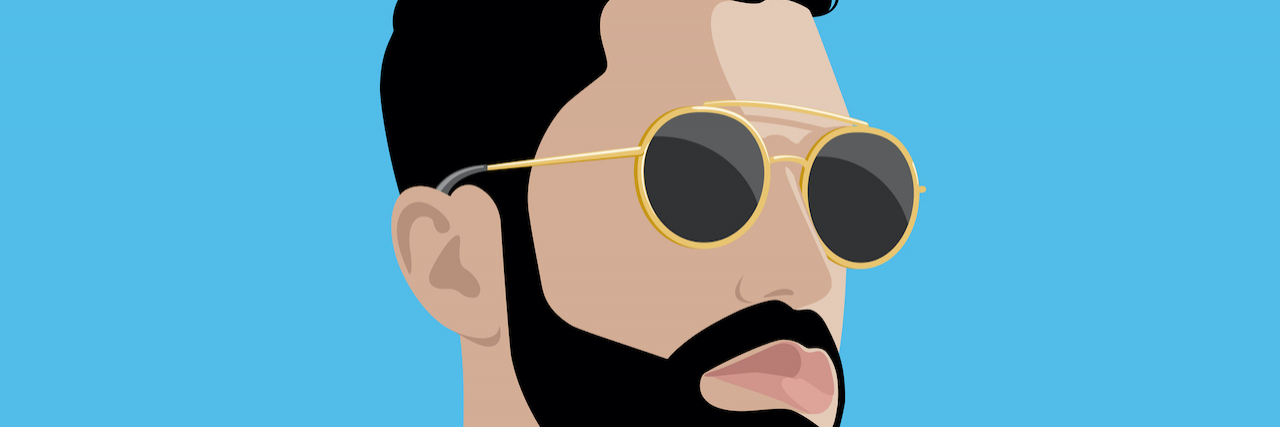Similar to neurological diseases like migraine or autoimmune conditions such as lupus, understanding what triggers a seizure can help people with epilepsy understand why seizures might happen, when they might happen, and how to manage them.
What Are Epilepsy Triggers?
Imagine that an epilepsy trigger is like a button that, when pressed in a part of the brain, can cause a person to have a seizure. By identifying your triggers, you can better learn about your body and how it reacts in different situations. It’s like discovering your rules for staying “healthy” and safe.
Common Epilepsy Triggers
Environmental Factors
Some things in our environment can cause seizures. For example, certain lights or patterns can be a trigger — this is known as photosensitive epilepsy. Things like video games, flashing lights, or sunlight through trees can also be examples. The same can be said of loud noises or sudden sounds like alarms, sirens, or big bangs.
Physical and Emotional Stress
Our bodies and minds are closely connected, and sometimes, when our bodies or feelings are under a lot of pressure, it can trigger seizures.
For instance, if you’re feeling under the weather or are very tired, this can create stress on your system. Likewise, our emotions play a significant role too. Feeling worried, extremely excited, or upset can strain our bodies and minds. It’s like when you’re carrying a heavy backpack — after a while, it can feel like too much, right? That’s what stress can feel like.
Though unavoidable, there are some ways to manage tension the best we can. There are the usual suspects: gentle movement like yoga or walking, mindfulness, or practicing deep breathing; but, in general, understanding the impact of stress on seizures can help you better prepare for when one may hit.
Lack of Sleep
When a person doesn’t get enough rest, it can disrupt the normal functioning of the brain, making it more susceptible to seizures. So, as hard as it can sometimes be, it’s essential to prioritize and maintain a regular sleep schedule to not cross over into sleep deprivation. This means going to bed and waking up around the same time every day, even on weekends. Creating a sleep-friendly environment, like a comfortable bed and a calming atmosphere, can contribute to better quality sleep.
Identifying Personal Triggers
One good way to find out what might trigger seizures for you is by keeping a seizure diary. This is a journal where you can write down when you have seizures and what was happening before them. It serves as a valuable tool for tracking patterns and potential triggers. It provides concrete information about your specific experiences for health care providers as well, which can guide decisions about your treatment and management strategies.
How to Manage and Avoid Triggers
Lifestyle Adjustments
Making adjustments to your daily routine can significantly contribute to managing and avoiding epilepsy triggers. Eating balanced meals is an excellent place to start, including a variety of fruits, vegetables, lean proteins, and whole grains in your diet. Plus, abnormal blood sugar — low or high — can increase the risk of seizures.
Staying well-hydrated is also crucial (yay, water!), as is getting some movement in whenever you can. Additionally, it might help to be mindful of substances like alcohol and caffeine. Excessive consumption can disrupt your body’s balance and potentially trigger seizures.
Medication and Treatment Options
Doctors prescribe specific medications for treating epilepsy. These drugs stabilize brain function, reducing seizures. Health care providers will consider your type of epilepsy, its severity, and your overall health and brain function to choose the right medication category. A few include:
- Antiepileptic drugs (AEDs), which are the standard treatment, stabilize brain activity to prevent seizures. Examples include carbamazepine, valproic acid, and levetiracetam.
- Depending on your epilepsy, your doctor may recommend either a single AED (monotherapy) or a combination of AEDs (combination therapy) for best results.
- Additional therapies like vagus nerve stimulation (VNS) or responsive neurostimulation (RNS) may be suggested alongside medication to improve seizure control.
Once you start medication, your doctor will check on you regularly to see how well it’s working. They’ll also watch for any side effects and adjust the dosage or type of medication if needed.
By recognizing what causes your seizures, you can better manage the disease. And remember: It’s OK to ask for help!
Getty image by marzacz

